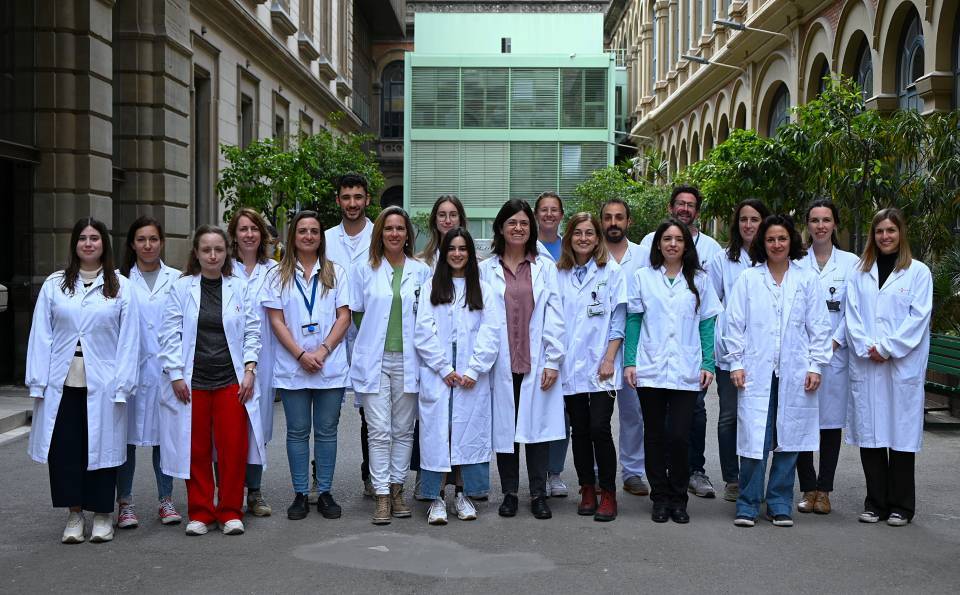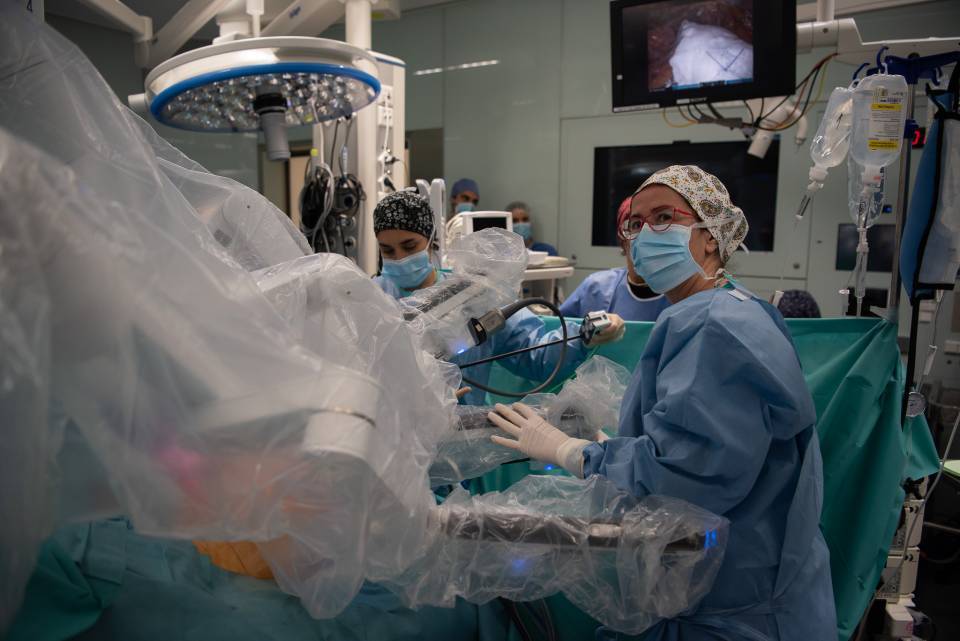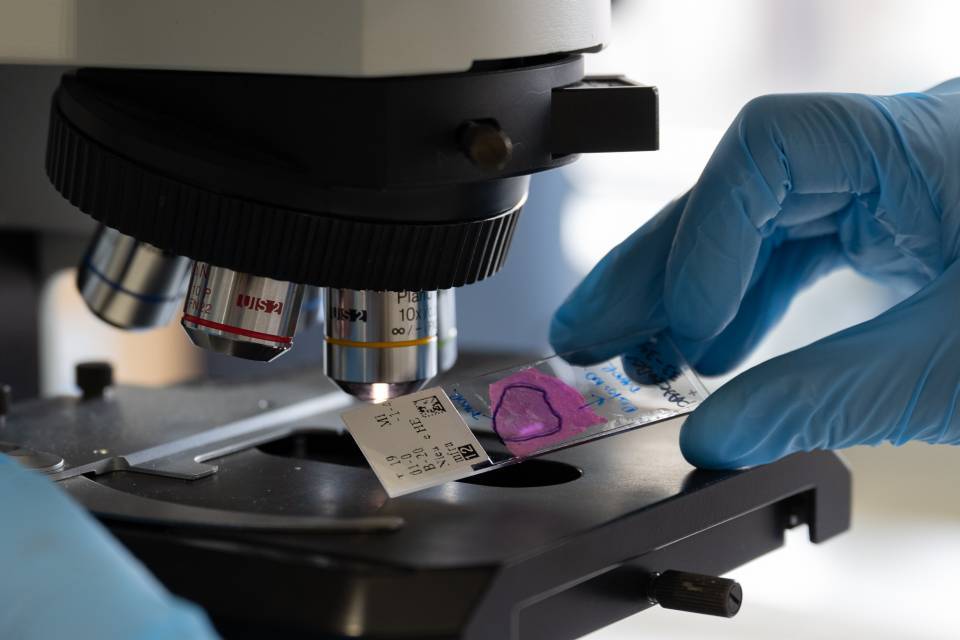The study was coordinated by Azucena Salas, head of the IDIBAPS Inflammatory Bowel Disease research group and head of the CIBEREHD group. The first author of the study was Alba Garrido-Trigo, researcher in the same group. Researchers from the Josep Carreras Leukaemia Research Institute and the National Centre for Genomic Analysis (CNAG) also took part.
Inflammatory Bowel Disease (IBD) is a chronic, immune-mediated, idiopathic disease that affects the gastrointestinal tract and is divided into Crohn’s Disease and Ulcerative Colitis, depending on the histological, imaging and clinical characteristics. These diseases are highly heterogeneous in terms of their manifestation, severity, response to treatment and progression.
“While the molecular basis for this variability remains uncharacterized, single-cell sequencing technologies allow us to explore the transcriptional states within tissues at a high resolution, which could allow further understanding of these complex diseases”, says Azucena Salas.
In the study published in Nature Communications, the researchers applied single-cell RNA sequencing to samples of inflamed human intestinal tissue from people with Crohn's Disease and Colitis Ulcerative Colitis and also to tissue samples from healthy individuals. Thanks to the high resolution of the technique, the aim was to identify which cell populations could play an important role in the inflammation that occurs in these diseases, and above all to understand the great heterogeneity between patients at a cellular level.
A cutting-edge technique developed by NanoString was also applied. It measures a panel of over 1,000 genes in a tissue sample at single-cell resolution, in order to locate each of the new cell populations.

The results show that IBD has a high cellular complexity and that the cellular compartments that revealed the greatest differences between patients, and may therefore be involved in the different manifestations of IBD, were the intestinal myeloid and stromal compartments. The myeloid compartment includes the macrophages and neutrophils, two types of haematopoietic cell that play an important role in the immune system, helping to fight infections.
“Within the myeloid compartment we have been able to differentiate a large variety of types of macrophage, including different resident and inflammatory macrophages, thanks to the use of these single-cell techniques”, explains Azucena Salas. “Our study also shows the potential for interaction between a group of inflammatory macrophages and inflammatory fibroblasts in people with IBD”, she adds.
The study results highlight the important role that both intestinal macrophages and fibroblasts may play in the maintenance of Crohn's Disease and Ulcerative Colitis. Moreover, they show the great plasticity of macrophages and suggest that they play an important role in the different manifestations of inflammatory bowel disease.
Study reference:
Garrido-Trigo, A., Corraliza, A.M., Veny, M. et al. Macrophage and neutrophil heterogeneity at single-cell spatial resolution in human inflammatory bowel disease. Nat Commun 14, 4506 (2023). https://doi.org/10.1038/s41467-023-40156-6




